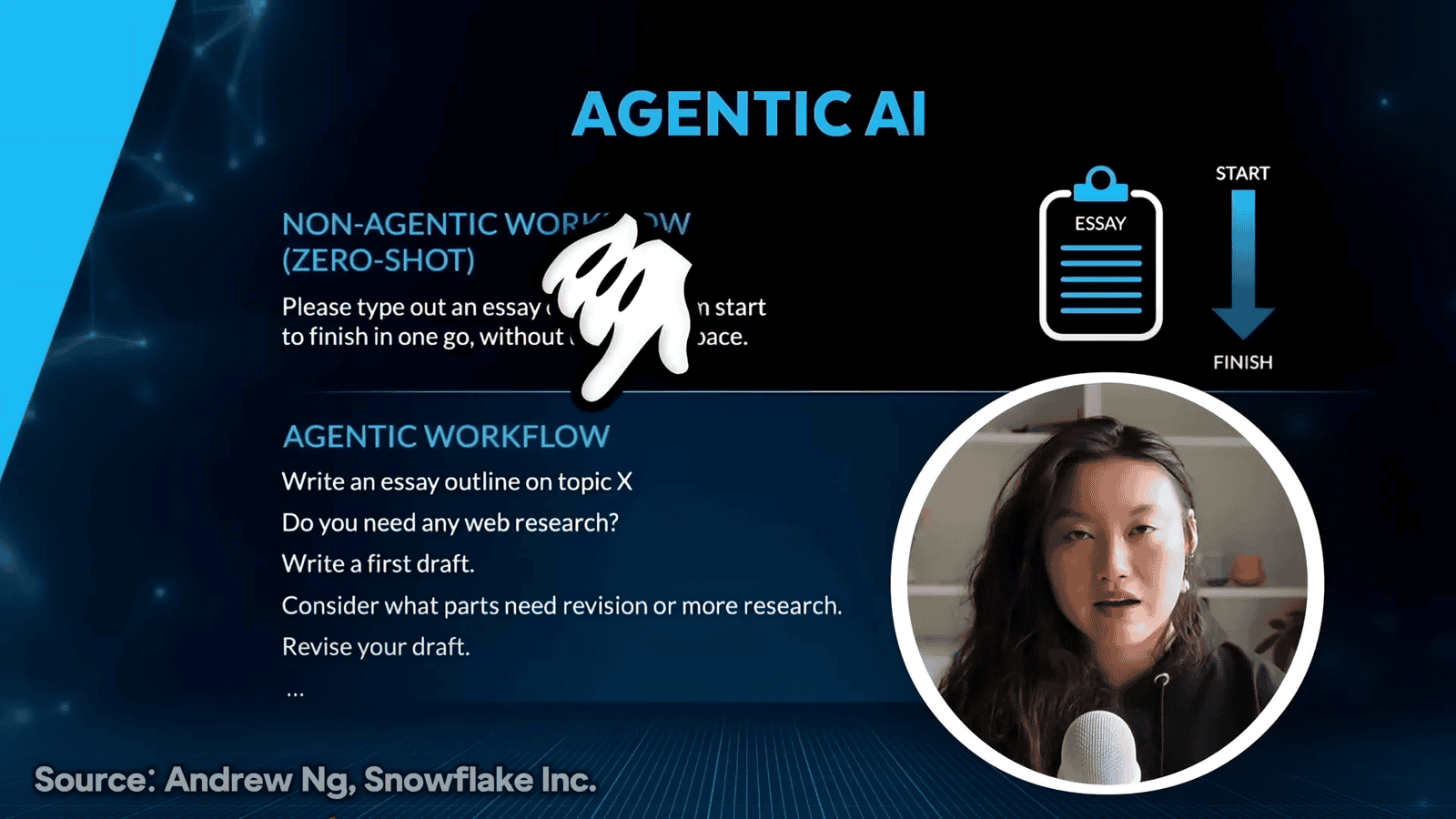In the age of AI, understanding generative AI is crucial for individuals and businesses alike. This blog will explore how generative AI works, its applications, and the importance of prompt engineering in leveraging its capabilities effectively.
Table of Contents
- Introduction to AI and Generative AI
- Understanding AI Models
- Different Types of Generative AI Models
- The AI Mindset: Embracing Change
- Is Human Role Needed in AI?
- Models vs Products: Understanding the Difference
- Prompt Engineering: The Key Skill
- The Future of Autonomous Agents
- Conclusion: Embracing Generative AI
- FAQs about Generative AI
Introduction to AI and Generative AI
Artificial Intelligence (AI) has rapidly evolved from simple computational tools into advanced systems capable of performing complex tasks. Generative AI, a subset of AI, stands out by its ability to create new content, be it text, images, or even music. This revolutionary technology operates on the principles of learning from vast datasets, allowing it to generate outputs that mimic human creativity.
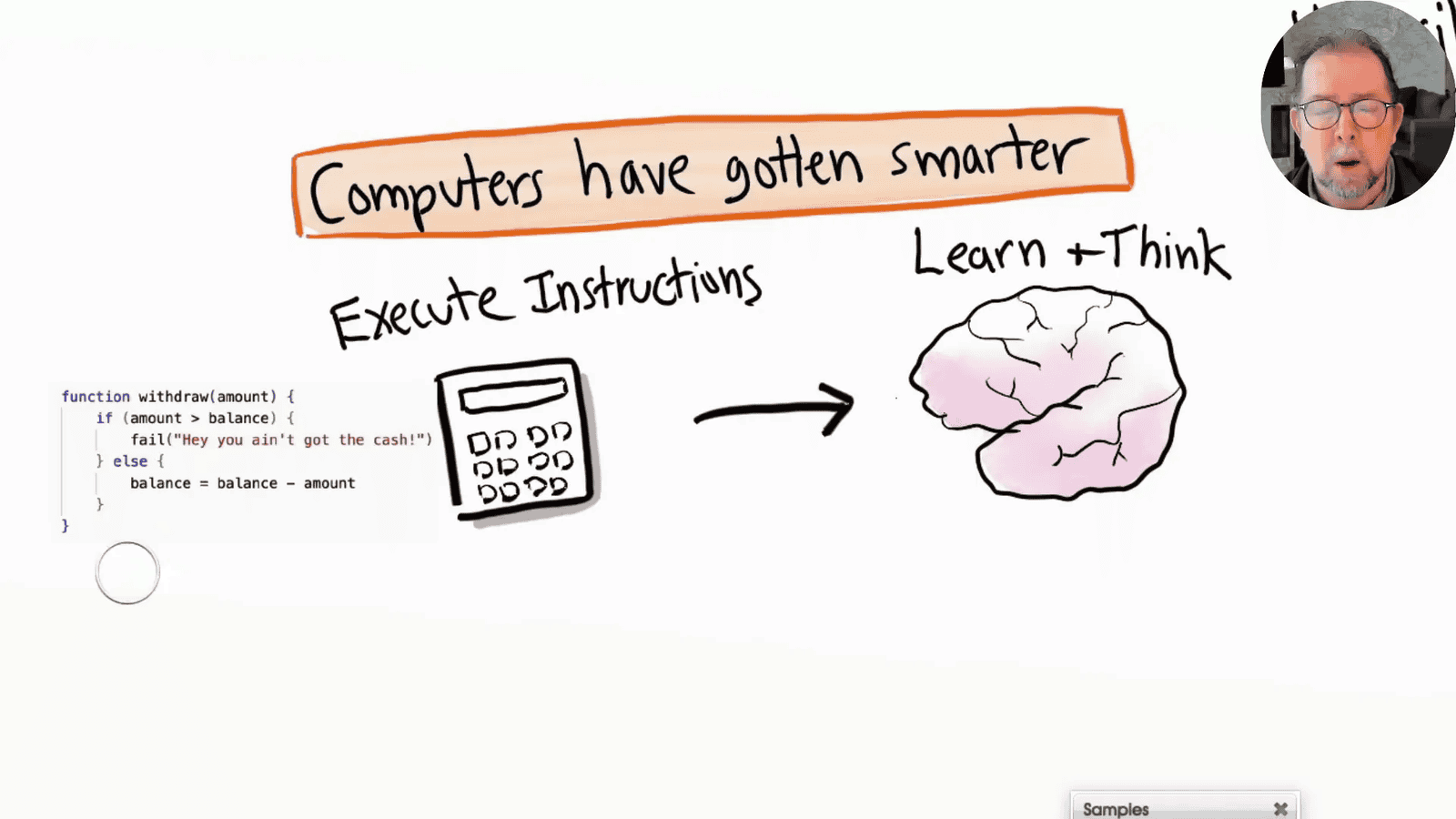
The Concept of Einstein in Your Basement
Imagine having the genius of Albert Einstein right in your basement. This metaphor illustrates the potential of generative AI, which embodies the collective knowledge and expertise of humanity. Just as you could consult Einstein for advice, generative AI serves as an accessible resource for anyone seeking information or creative solutions.
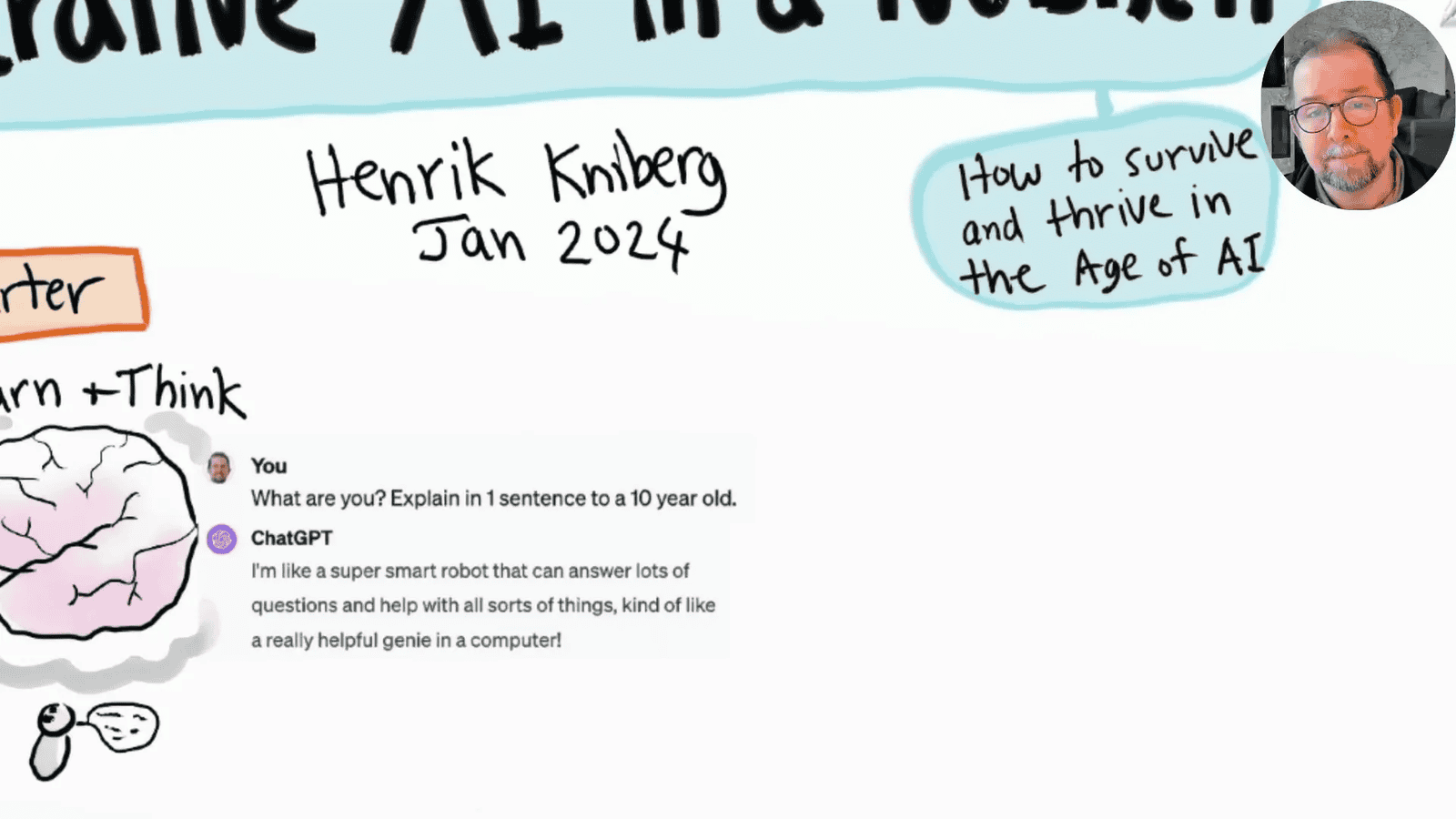
This “Einstein” can adapt to various roles, whether you need a poet, a programmer, or a coach. The key limitation lies in how effectively you can communicate with this AI. This is known as prompt engineering, a crucial skill in maximizing the benefits of generative AI.
What Exactly is AI?
AI stands for artificial intelligence, a term that encompasses a range of technologies designed to perform tasks typically requiring human intelligence. This includes problem-solving, understanding natural language, and recognizing patterns. While traditional AI focuses on data analysis and classification, generative AI takes it a step further by creating original content.
For instance, large language models (LLMs) like GPT are designed to generate human-like text. They learn from vast datasets, enabling them to produce coherent and contextually relevant responses. This capability is transforming how we interact with technology, making it more intuitive and accessible.
How Does Generative AI Work?
Generative AI operates through complex algorithms that analyze existing data to create new content. At its core, it employs neural networks, which mimic the way the human brain processes information. These networks consist of interconnected nodes that work together to identify patterns and generate outputs.
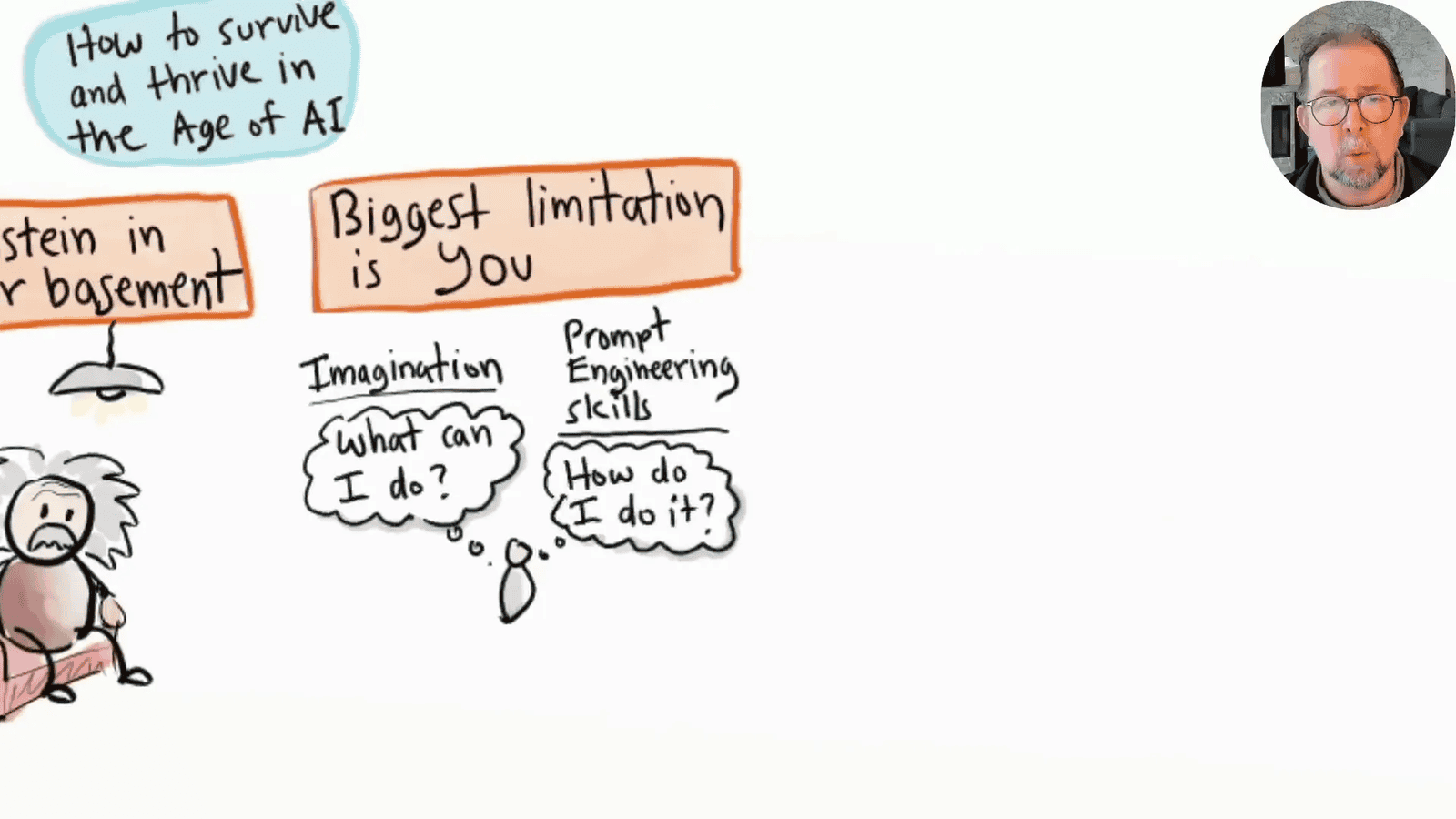
When you input a prompt, the model translates this into numerical data, processes it, and then outputs a response. This process can be repeated, allowing for dynamic and evolving conversations. The strength of generative AI lies in its ability to continuously learn and improve based on user interactions.
The Training Process of AI Models
The training of AI models is akin to how humans learn. Initially, these models are exposed to vast amounts of text, allowing them to identify patterns and understand language structure. Through a process called backpropagation, the model adjusts its parameters to improve accuracy in predicting outcomes.
Moreover, human feedback plays a critical role in refining these models. This reinforcement learning ensures that the AI not only produces accurate information but also aligns with ethical standards. As a result, generative AI becomes a powerful tool, capable of assisting in various fields, from healthcare to creative writing.
Understanding AI Models
AI models are the backbone of generative AI systems. They are algorithms designed to process and analyze data, learning from patterns to generate new content. The complexity of these models can vary significantly, affecting their capabilities and applications.
How AI Models Learn
AI models learn through a process called training, which involves feeding them large datasets. This training allows the model to identify relationships and patterns within the data. Over time, the model becomes proficient at generating outputs based on the input it receives.

During training, the model undergoes adjustments through techniques like backpropagation. This method fine-tunes the model’s parameters, enabling it to improve its accuracy. Reinforcement learning with human feedback further enhances this process by correcting errors and aligning the model’s outputs with expected results.
The Role of Data in AI Models
The quality and quantity of data used for training significantly impact the performance of AI models. Diverse datasets help the model generalize better, making it applicable to various tasks. Conversely, biased or limited data can lead to skewed outputs.
It’s crucial to curate datasets carefully, ensuring they represent a broad spectrum of information. This practice not only improves the model’s reliability but also mitigates ethical concerns associated with biased outputs.
Different Types of Generative AI Models
Generative AI encompasses various models, each designed for specific tasks. Understanding the distinctions between these models can help users select the right one for their needs.
Text-to-Text Models
Text-to-text models, like GPT, take textual input and generate textual output. These models excel in tasks such as content creation, summarization, and translation. Their ability to understand context enhances their effectiveness in generating coherent and relevant responses.
Text-to-Image Models
Text-to-image models convert textual descriptions into visual content. Users can describe an image they envision, and the model generates an appropriate visual representation. This capability has applications in art, marketing, and design.

Image-to-Text and Image-to-Image Models
Image-to-text models analyze images and provide descriptive text, making them useful for accessibility and content creation. Image-to-image models, on the other hand, manipulate existing images, allowing for transformations and style transfers.
Multimodal Models
Multimodal models combine the capabilities of different AI models, enabling them to process and generate multiple types of content simultaneously. This integration enhances user experience by allowing seamless interaction with various data forms.
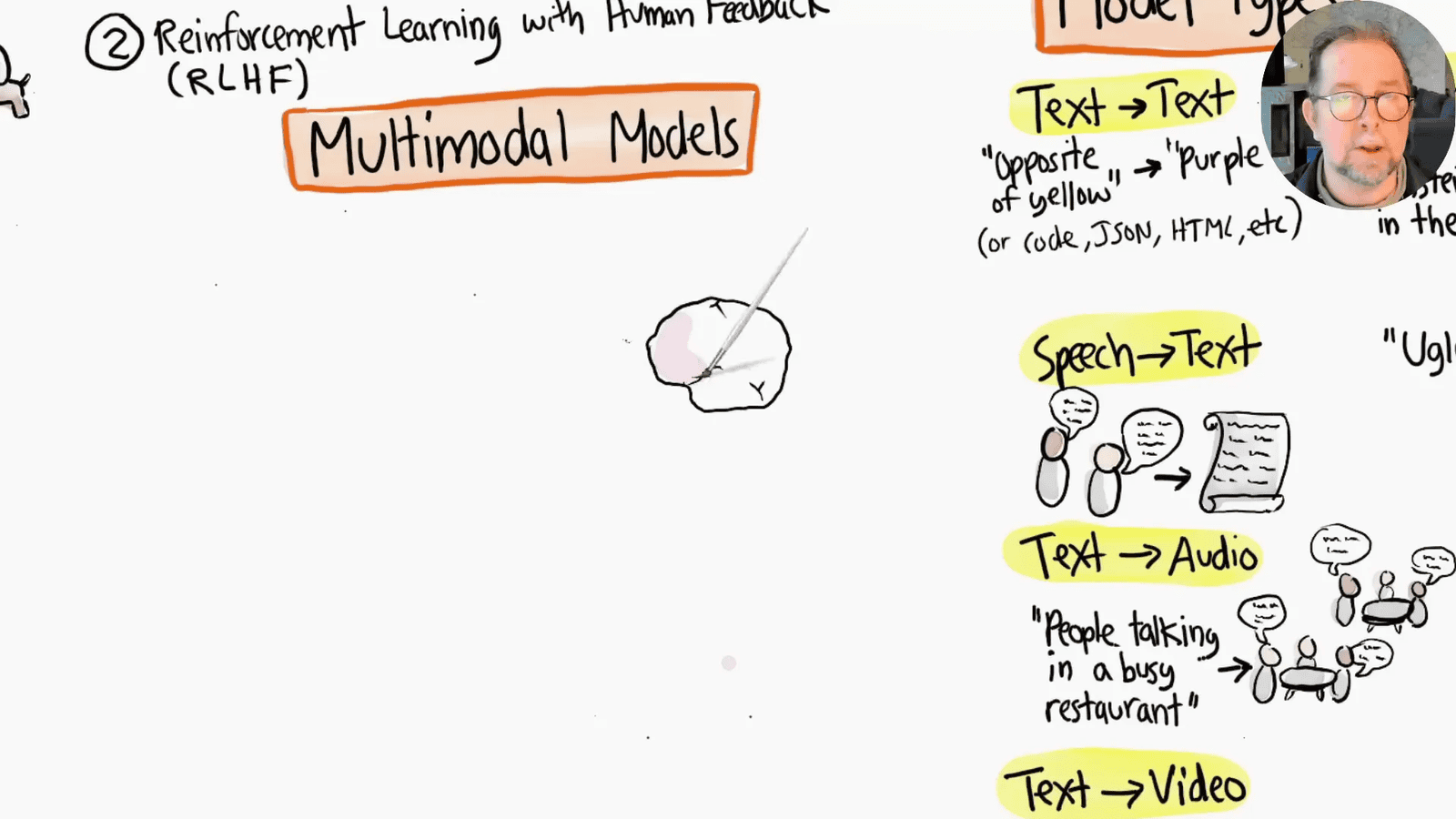
The AI Mindset: Embracing Change
Adopting an AI mindset is essential in today’s rapidly evolving technological landscape. This mindset involves recognizing the potential of AI to enhance productivity and creativity.
Overcoming Fear and Resistance
Many individuals and organizations experience fear or resistance towards adopting AI technologies. This mindset can hinder progress and innovation. Embracing AI means acknowledging its capabilities and understanding how it can complement human effort.

Fostering Adaptability
Adaptability is key to thriving in an AI-driven world. This involves continuous learning and staying updated with technological advancements. By remaining open to change, individuals can leverage AI to enhance their skills and efficiency.
Is Human Role Needed in AI?
The role of humans in the age of AI is a topic of significant debate. While AI can automate many tasks, human oversight remains crucial in various domains.
The Importance of Domain Knowledge
AI models require guidance from individuals with domain expertise. These experts help formulate prompts, evaluate outputs, and ensure that AI applications align with ethical standards. Human judgment is irreplaceable in areas requiring nuanced understanding.
Quality Control and Ethical Considerations
AI systems can produce incorrect or biased outputs. Human involvement is necessary to monitor these outputs, ensuring they meet quality standards. Furthermore, ethical considerations must be addressed, requiring human intervention to navigate complex moral landscapes.
Models vs Products: Understanding the Difference
Distinguishing between AI models and the products built on them is essential for users. While models are the underlying algorithms, products provide the user interface and added functionalities.
Interacting with AI Products
Users typically interact with AI through applications or platforms that utilize these models. For instance, ChatGPT is a product that leverages the underlying GPT model to provide conversational capabilities. Understanding this distinction helps users navigate the AI ecosystem effectively.
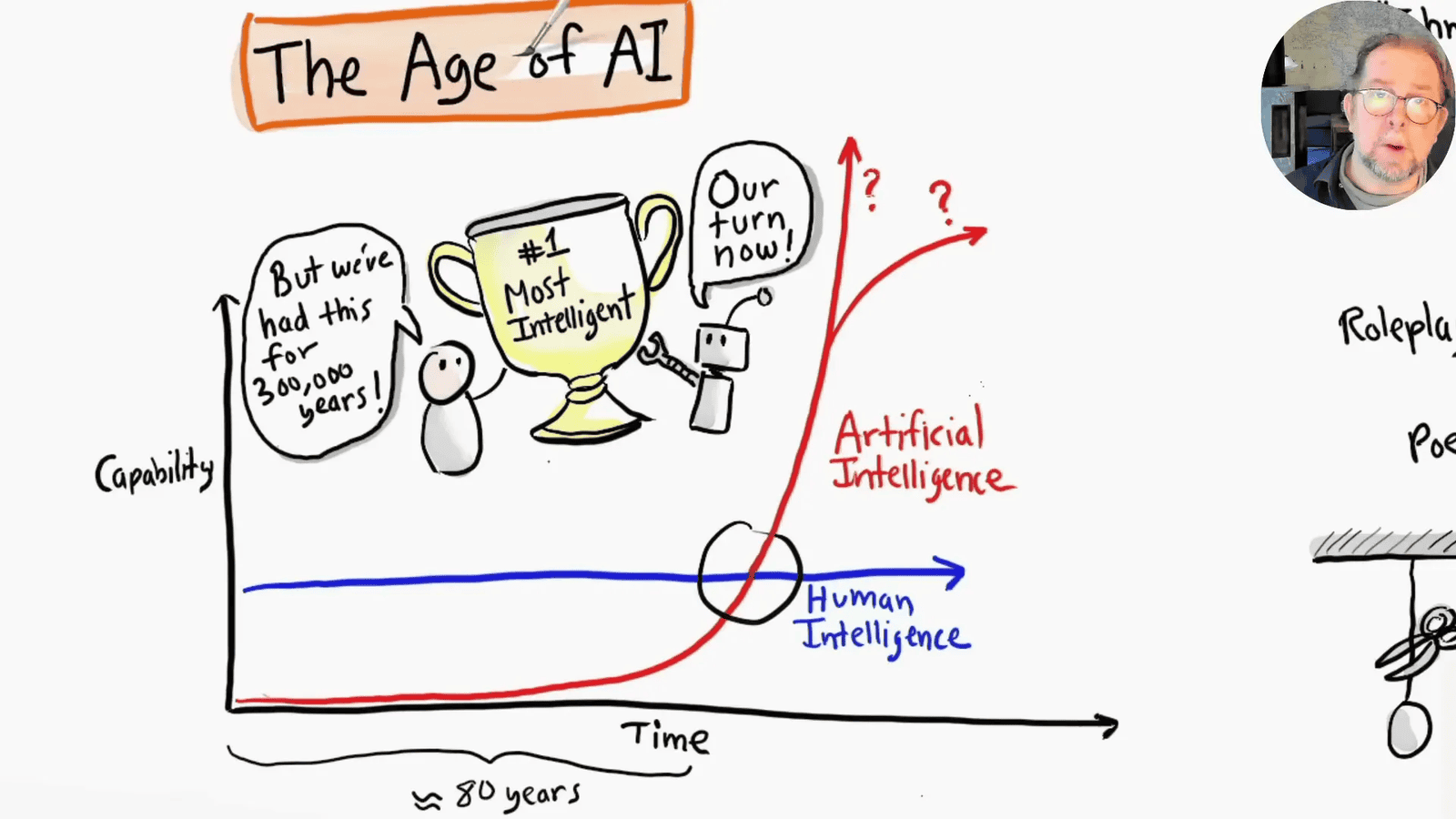
Building AI-Powered Solutions
Developers can harness AI models to create innovative products tailored to specific needs. By integrating models into applications, they can enhance functionality and provide users with powerful tools for various tasks.
As AI technology continues to advance, understanding these concepts will be crucial for individuals and organizations eager to harness its potential effectively. Embracing change, acknowledging the importance of human roles, and distinguishing between models and products are essential steps in navigating the AI landscape.
Prompt Engineering: The Key Skill
In the realm of generative AI, prompt engineering stands out as an essential skill. It is the art of crafting inputs that yield the most effective and relevant outputs from an AI model. The better your prompts, the more valuable the AI’s responses will be.
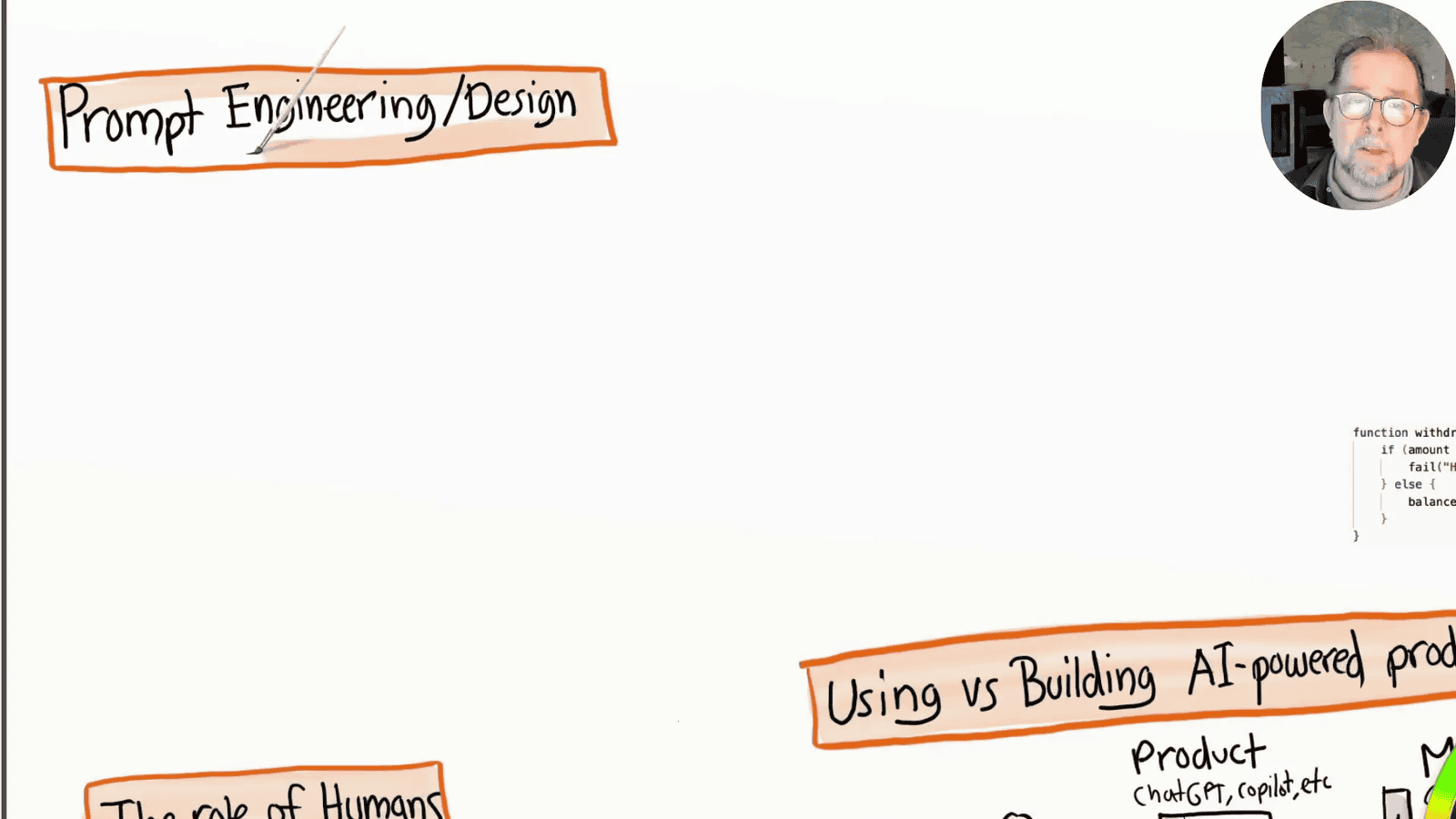
To master this skill, one must understand the nuances of communication with AI. This involves providing context, clarity, and specificity in your requests. For example, rather than simply asking the AI to generate a workshop agenda, including details about the topic, audience, and desired outcomes can lead to significantly better results.
Iterative Process of Prompt Design
Prompt engineering is often an iterative process. Start with a basic prompt, review the AI’s output, and refine your request based on the results. This cycle of testing and tweaking allows users to discover the most effective ways to engage with AI.
- Begin with a clear and concise prompt.
- Analyze the response to identify areas for improvement.
- Refine the prompt by adding context or specificity.
- Repeat the process until achieving satisfactory results.
As you practice, you will find that your ability to communicate effectively with AI improves, enhancing your overall interaction with technology.
The Future of Autonomous Agents
The future of AI is not just about generating content; it also involves the development of autonomous agents. These are AI systems designed to operate independently, executing tasks without constant human intervention.
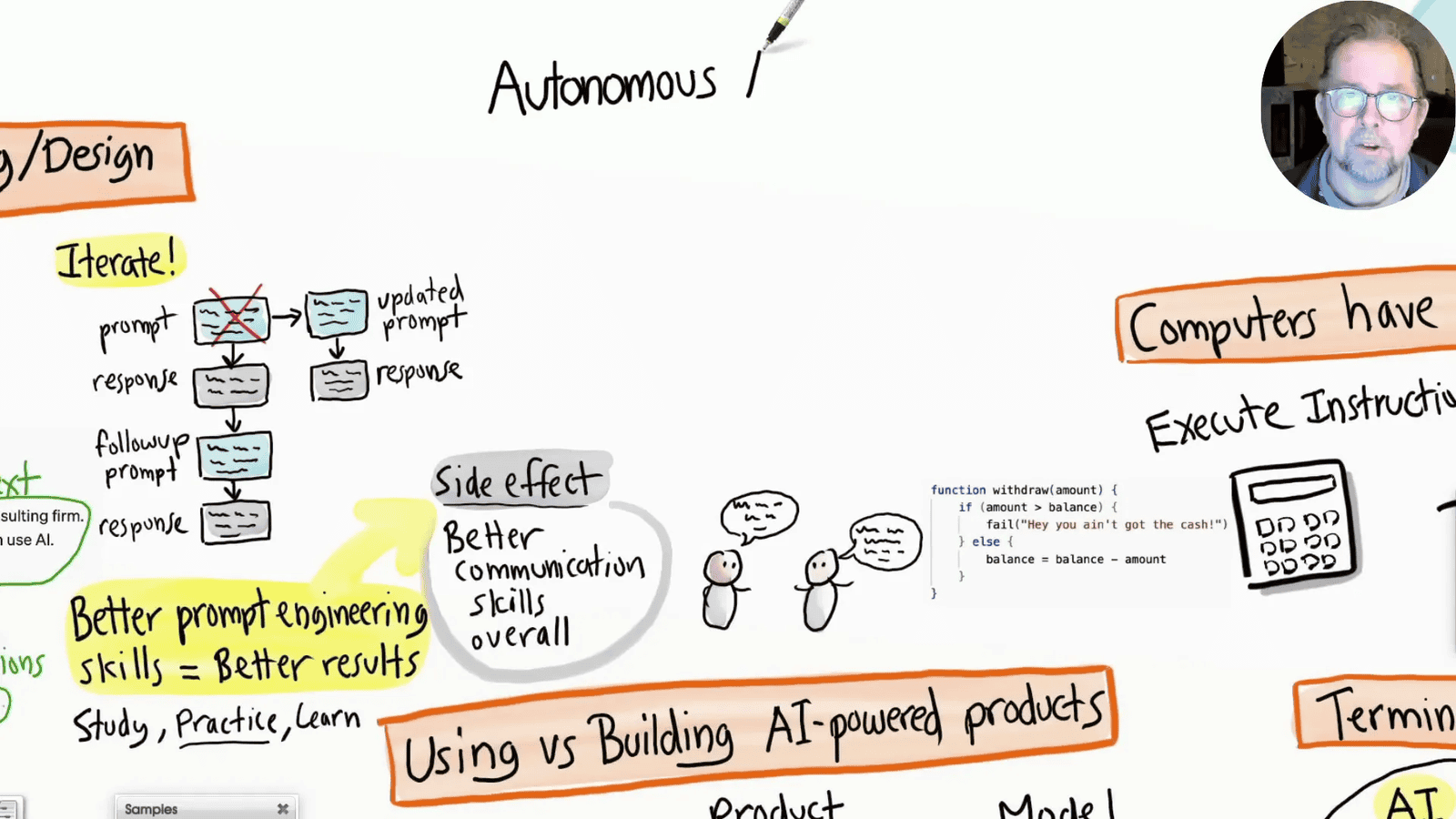
Imagine an AI that can manage your schedule, respond to emails, or even conduct research on your behalf. These agents will leverage the capabilities of generative AI along with tools and resources available on the internet to operate effectively.
Empowering Autonomous Agents
To empower these autonomous agents, users must define high-level missions and provide the necessary tools. This could include access to databases, communication channels, or even financial resources. The key is to establish a clear framework for the agent to operate within.
As these agents evolve, prompt engineering will become even more critical. A well-crafted mission statement can guide the agent’s actions and decisions, ensuring they align with your goals.
Implications of Autonomous Agents
The rise of autonomous agents carries both opportunities and risks. They can enhance productivity and efficiency but also raise concerns about accountability and ethical use. As users, we must remain vigilant in how we deploy these technologies, ensuring they serve our best interests.
Conclusion: Embracing Generative AI
Generative AI represents a transformative shift in how we interact with technology. By understanding its capabilities and honing skills like prompt engineering, individuals and organizations can unlock its full potential.

As we move forward, embracing a balanced mindset towards AI will be crucial. Recognizing the opportunities it presents while being mindful of its limitations will empower us to thrive in an increasingly AI-driven world.
FAQs about Generative AI
What is generative AI?
Generative AI refers to AI systems that can create new content, such as text, images, and music, rather than merely analyzing or categorizing existing data.
How does prompt engineering work?
Prompt engineering involves crafting specific inputs for AI models to elicit desired outputs. It requires clarity, context, and an iterative approach to refine requests.
What are autonomous agents?
Autonomous agents are AI systems designed to perform tasks independently, utilizing tools and resources to achieve predefined objectives without constant human input.
Why is human oversight important in AI?
Human oversight is essential to ensure that AI outputs are accurate, ethical, and aligned with intended goals. Humans provide the necessary context and judgment that AI lacks.
How can I learn more about generative AI?
There are numerous resources available, including online courses, articles, and books, dedicated to generative AI and prompt engineering. Practicing with AI tools is also a great way to learn.






